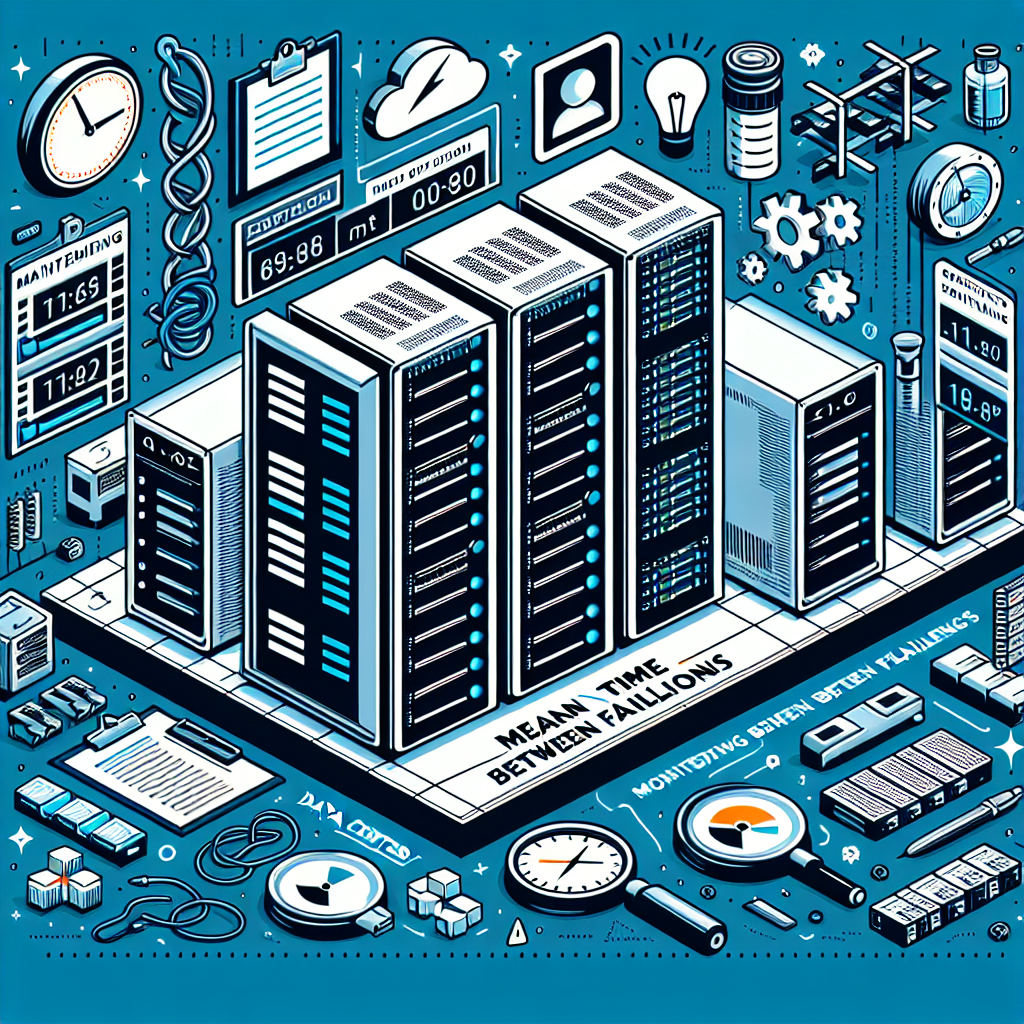Data centers are a critical component of any organization’s IT infrastructure, serving as the hub for storing, processing, and managing data. As such, it is essential to ensure that data centers are operating at peak performance to avoid any downtime or disruptions to operations. One key aspect of maintaining data center performance is monitoring and maintaining Mean Time Between Failures (MTBF).
MTBF is a key metric used to measure the reliability of a system or component, representing the average time between failures. Monitoring and maintaining MTBF in data centers is crucial to ensure that equipment and systems are operating efficiently and effectively. Here are some best practices for monitoring and maintaining data center MTBF:
1. Regularly monitor equipment performance: Monitoring equipment performance is essential to identify any potential issues or failures before they occur. Utilizing monitoring tools and software can provide real-time insights into the health and performance of data center equipment, allowing for proactive maintenance and troubleshooting.
2. Conduct regular inspections and maintenance: Regular inspections and maintenance of data center equipment are crucial to ensure that components are functioning properly and are in good condition. This includes checking for any signs of wear and tear, cleaning equipment, and replacing any faulty components.
3. Implement a preventive maintenance schedule: Establishing a preventive maintenance schedule can help prevent unexpected failures and downtime in data centers. This schedule should include routine maintenance tasks such as cleaning, testing, and replacing components to ensure optimal performance.
4. Keep detailed records of maintenance and failures: Keeping detailed records of maintenance activities and failures can help identify trends and patterns in equipment performance. This information can be used to make informed decisions about maintenance schedules, equipment upgrades, and replacements.
5. Implement redundancy and failover systems: Implementing redundancy and failover systems in data centers can help minimize the impact of failures and downtime. By having backup systems in place, organizations can ensure continuity of operations in the event of a failure.
6. Monitor environmental conditions: Monitoring environmental conditions such as temperature, humidity, and airflow is essential for maintaining data center MTBF. Ensuring that equipment is operating within optimal conditions can help prevent overheating and other issues that can lead to failures.
7. Conduct regular testing and simulations: Regularly testing and simulating failure scenarios can help identify weaknesses in data center systems and processes. By conducting tests and simulations, organizations can proactively address any vulnerabilities and improve overall reliability.
In conclusion, monitoring and maintaining data center MTBF is essential for ensuring the reliability and performance of data center equipment. By implementing best practices such as regular monitoring, inspections, maintenance, and testing, organizations can minimize the risk of failures and downtime, ultimately improving the overall efficiency and effectiveness of their data centers.


Leave a Reply